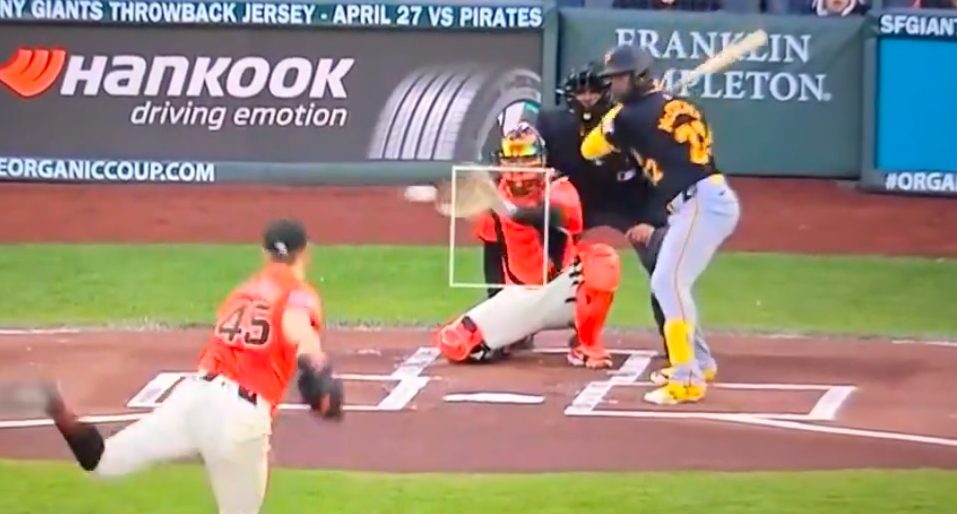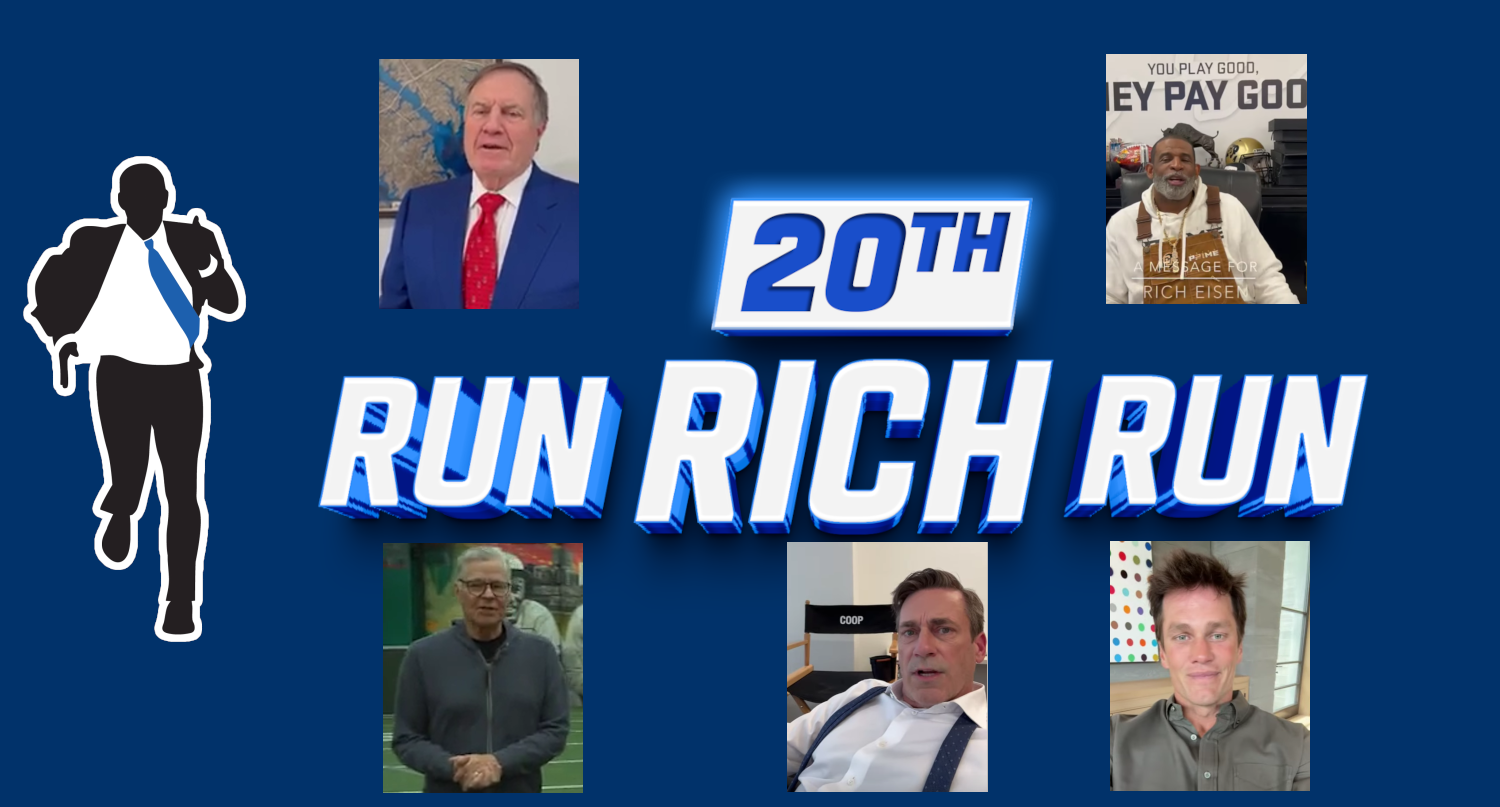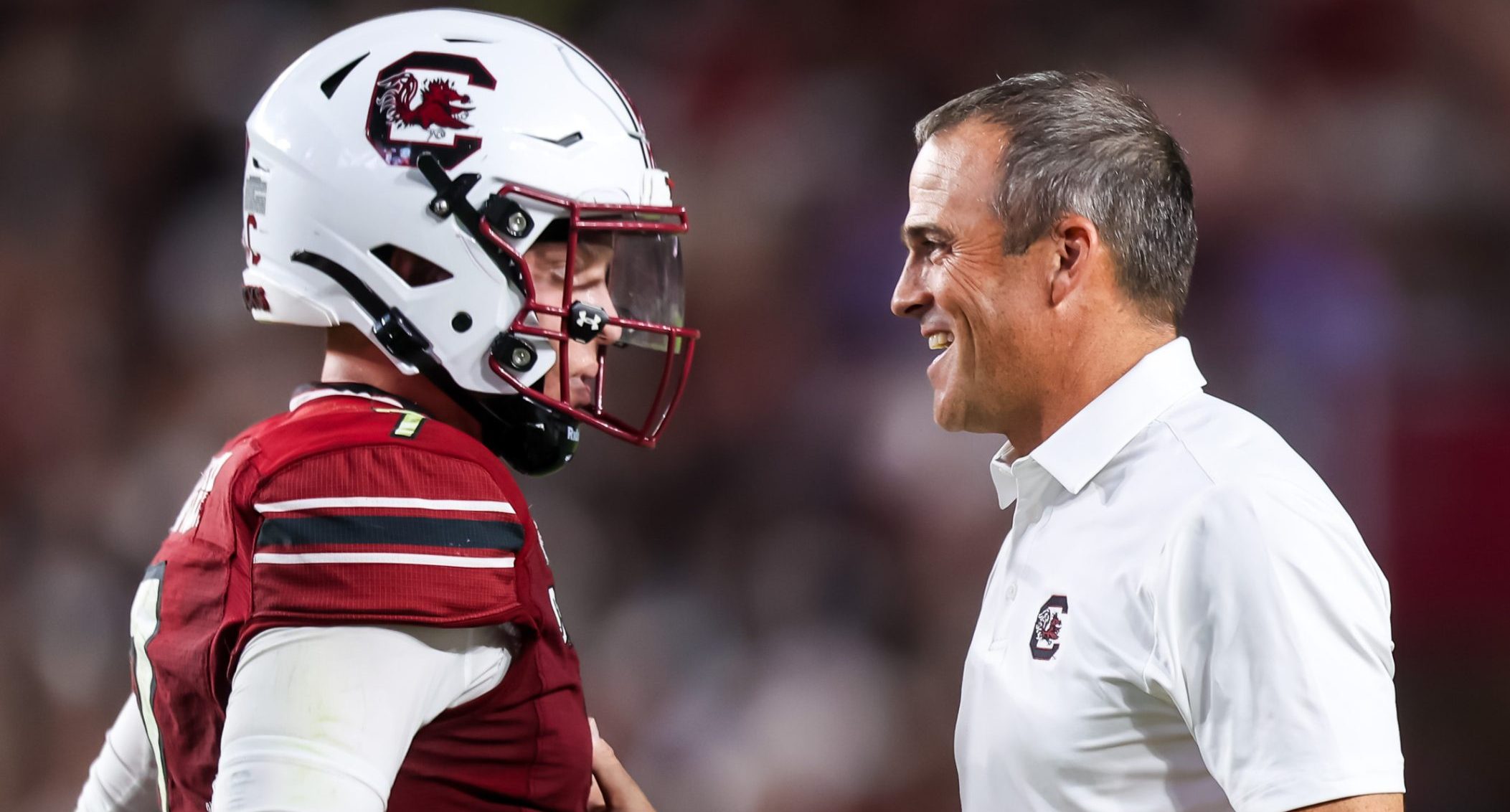The odds of hitting a royal flush in Texas Hold’em are roughly 650,000-to-1. The game of poker itself drew a hand perhaps even more unlikely 20 years ago when ESPN, burgeoning online technology, the reality TV craze, and an overnight sensation with an all-too-perfect name all hit at the 2003 World Series of Poker.
On May 23, 2003, Chris Moneymaker of Spring Hill, Tennessee — population less than 8,000 per the 2000 U.S. Census — lived up to his surname when his $40 entry into the 34th World Series of Poker via PokerStars.com became $2.5 million.
Moneymaker’s dramatic defeat of Sam Farha in the finale of the WSOP Main Event set off what the tournament’s media director in 2003, Nolan Dalla, presciently described to the Associated Press that night as “the sonic boom of poker.”
But not everyone at Binion’s Gambling Hall in downtown Las Vegas – at the time, Binion’s Horseshoe – projected the game’s trajectory as a TV product over the coming years.
“Without much background besides seeing the numbers for how many players were in the Main Event, I was incredibly stunned by the meteoric growth that happened over the next two, three, and four years,” said Norman Chad. “I never saw the poker TV boom coming. I just happened to be there.”
Chad became the voice of poker in the 2000s, a color commentator whose lighthearted candor made him to the game what Dick Vitale has long been to college basketball or John Madden was to pro football.
But while Vitale and Madden came into sports that were already well-established TV products, Chad was on the ground floor of a new cornerstone for televised sports broadcasting. The 2003 WSOP was his first time calling the event – and it was also one of the last in downtown Vegas.
“It was a new landscape for me,” said Chad. “And it just felt like old-school gambling… [Binion’s] was a grittier property than [a resort on] the Strip, so everything was just smaller and everyone seemed to know each other.”
The close-knit atmosphere and less glitzy style Chad describes brings to mind nostalgia for a Las Vegas of yesteryear; like Robert DeNiro’s Ace Rothstein in Casino lamenting a time when “dealers knew your name, what you drank, what you played.”
Martin Scorcese’s gangland film, made in 1995, refers to an era when Las Vegas transitioned from smoke-filled and whiskey-soaked gambling halls to mega-resorts that often targeted families. The Vegas of the ‘90s relied on amusement parks and themed hotels with imagery of ancient Egypt, Camelot, and so on.
By the turn of the 21st Century, the city underwent another transition away from family-oriented vacationing to attracting adults in pursuit of debauchery. Moneymaker’s game-changing WSOP win predated by just a few months the Las Vegas Convention and Visitors Authority introducing a new slogan: What Happens in Vegas, Stays in Vegas.
The WSOP was an event undergoing transformation, emanating from a city undergoing transformation. And the vehicle through which this evolution emanated happened to be the most prominent platform for sports.
The WSOP remains a summertime staple of television. But in the 2000s, it was the hottest summertime programming the network had to offer. In the early days of broadcasting the event, however, it wasn’t so much a product of the Disney-owned machine.
Instead, ESPN contracted out to 441 Productions.
“The way they set it up, they created the modern World Series Main Event,” Chad said. “They created the feel, the look, everything that is still… emulated today.”
441 Productions produced the WSOP with an aesthetic that made a game slow by nature into exciting television. Vital to the presentation was the hole card camera, which the late Poker Hall of Fame inductee, Henry Orenstein, is credited for innovating.
Orenstein’s idea of a small hole at the bottom of the table, through which players’ hands could be broadcast to the audience without spoiling the game, kept the presentation from becoming “the proverbial watching-paint-dry” as Chad described it.
The hole card camera allowed the ESPN audience to follow Moneymaker’s daring strategy to the top of the tournament.
Moneymaker revealed to the AP upon his win that he “bluffed a lot… but somehow I got away with it.”
441 Productions’ use of the hole card camera showed the TV audience bluffs in real-time, adding to the excitement of knowing the hand while competitors were left guessing.
Viewers were indeed excited – and online poker platforms like PokerStars were there to indulge this new audience’s curiosity.
As the online venue through which Moneymaker qualified, PokerStars reaped plenty of benefits from his success. The fledgling service – it hosted its first paid tournament in September 2001 – reported growth from 50,000 to 100,000 users immediately following the 2003 WSOP.
Online poker became ubiquitous enough at the time that a memorable Chappelle’s Show skit features Dave Chappelle browsing the internet – if the internet were a physical location. He is inundated with solicitations for online gambling from a dealer at a poker table at every turn.
Prospective players indeed had no shortage of options to play, but the industry had outlets that were clearly more professional than others. Full Tilt and PartyPoker, two of the more prominent platforms, had their satellite entries into the WSOP akin to the PokerStars avenue that launched Moneymaker.
All of it came together to help fuel an explosion in participation.
“It was incredible because it was 600-plus the year before,” Chad said, referencing the participation in 2002. “It was 800-plus [participants] in ‘03. It went from 800 to 2,500 to 5,600 in back-to-back years.”
Exponential growth necessitated a move to a bigger space, and in 2005, the WSOP left downtown’s Binion’s Horseshoe for Rio to accommodate more players.
And even with more space, the WSOP had still become almost too big to contain.
“My first trip to the WSOP was in 2006, when I played in a $1,500 no-limit hold ’em event,” said Brian Pedersen, a sportswriter and regular WSOP player. “That was the second year it had been at the Rio, and they definitely weren’t prepared for how big it had gotten. Tables are usually 9- or 10-handed in events like that but we had to play almost 2 hours with 11 players because of how big the field was. And I certainly wasn’t the only first-timer there.”
The influx of newcomers to the poker world as a direct result of the WSOP’s ESPN presence paralleled another trend of the decade: sudden stardom found on reality television.
—
Although not on the heart of the Strip, located slightly to the west, Rio occupies a stretch of Flamingo Road that reflected the 21st Century vision for Vegas in the 2000s.
A modern (built in 1990) tower of shimmering blue-and-pink glass, Rio symbolized glitz and glamor. And, in a fitting coincidence, it occupies an area of the city near The Palms, a casino that helped usher in the What happens in Vegas ethos a few months prior to the 2003 WSOP when it hosted MTV’s Real World.
Real World, for the uninitiated, is the granddaddy of reality television. The show’s popularity in the 1990s provided a template for the boom of the genre at the turn of the millennium, with CBS hitting paydirt through Big Brother and Survivor.
Reality TV – or, more accurately, its more reputable cousin, documentary television – played a role in poker’s boom. 441 Productions executive producer Matt Maranz told former ESPN outlet Grantland in a 2013 oral history he initially approached the network with plans for a poker documentary – the pitch instead became broadcasting the WSOP.
“I’m not a reality show fan, but I consider [WSOP] to be the purest reality show,” Chad said. “The other reality shows are gimmicked up, setting people up in a house to be thrown out or going to a desert island to eat bugs. This was their lives. This was how they lived, this is how they played.”

In this sense, WSOP was less comparable to the reality TV of questionable truthfulness and perhaps more akin to another hit of the same time frame.
FOX successfully adapted a British sensation that fused reality with competition in American Idol. Idol’s first season, which concluded one year before Moneymaker’s defeat of Farha, elevated an unknown singer named Kelly Clarkson into the national consciousness.
Like Idol, the WSOP chronicled the rise of an unknown with a skill that might not have otherwise had the stage to shine. Like Idol, the concept attracted myriad pretenders without said skill.
But unlike Idol, which made hay from scores of talentless wannabes who fancied themselves singers – with FOX heavily marketing cringy early-round tryouts from hopefuls who couldn’t carry a tune – the WSOP Main Event wasn’t a platform for those out of their depth.
That doesn’t mean they didn’t exist in the poker world, however.
“All the time it would happen,” poker player Scott Hirsch says of games with competitors who didn’t know even the most basic rules of the game. “I was playing a limit game once… and I was on the river with the best hand possible and this lady kept raising me, would not stop. I kept looking at my hand and the board making sure I wasn’t misreading. She raised until she was out of money and turned over a hand that was the fifth possible best hand. When she turned it over she said, ‘Nuts.’”
Perhaps the closest ESPN had to the failed Idol contestants came not on the WSOP telecast, but the defunct Page 2.
Bill Simmons became ESPN.com’s most prominent and influential writer thanks in part to his embrace of the early 2000s What happens in Vegas attitude and frequent pop-culture references – among the most common, the Matt Damon poker-themed film, Rounders.
Simmons’ flirtation with the poker boom led to a 2006 column in ESPN: The Magazine in which the writer, harkening to Rounders, dismissed his unsuccessful performance at the WSOP as indicative of poker being nothing more than a game of luck.
How much influence on the everyman’s interest in pursuing poker more seriously was had from Simmons – a columnist whose popularity was built on being presented as The Everyman – is impossible to gauge.
But a much more serious blow to the general public’s fascination with poker came just a few months after the dismissive ESPN column in the form of the Unlawful Internet Gambling Enforcement Act of 2006.
Passed by the House in July and the Senate in September 2006 – with at least one senator saying neither did their due diligence before it went into effect in October – UIGEA led to the poker boom going bust.
“I didn’t understand the online effect in ‘03 and ‘04 until I looked at the numbers [online platforms] were sending to the World Series Main Event,” said Chad. “It was 30-to-40 percent of the total.”
Chad estimates that the WSOP “would have passed 10,000 [participants] in the Main Event years ago” without the implementation of UIGEA.
Free-to-play games remained in the law’s wake, but with no stakes that were not in any way indicative of how true poker is played. That in turn denied players a space to hone their craft.
“When they shut online in America down everything changed,” said Hirsch. “Americans used to dominate the game; now they are the worst. Online offers you the opportunity to play so many more hands than live, and it can all be put in a database and analyzed so you get better so much more quickly playing online.”
Without the internet presence, prospects of ESPN broadcasting the rise of another Chris Moneymaker went from astronomical to entirely nonexistent. Had the government’s intervention happened just a few years earlier, the 2000s poker boom may never happen – or at least, not to the magnitude it happened.
“I wish we could go back and put a parallel scenario where the guy [Moneymaker] beat wins [in 2003], Sammy Farha, and then take a look at the boom we would have had,” Chad said. “We would have had a boom either way. Chris Moneymaker made it a bigger boom [but] I think we would have had it without Chris.”







